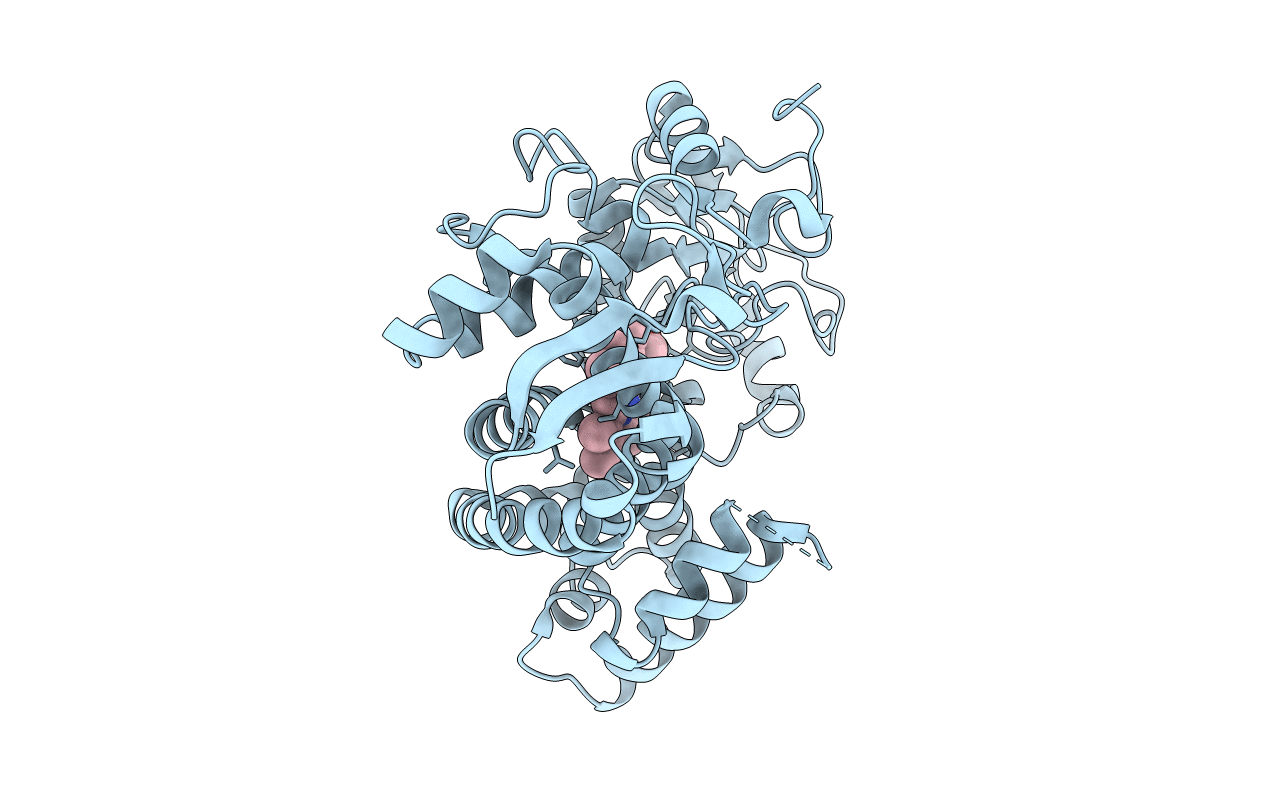
Deposition Date
2018-05-05
Release Date
2019-03-20
Last Version Date
2024-03-13
Entry Detail
PDB ID:
6DCD
Keywords:
Title:
Mycobacterium marinum cytochrome P450 CYP150A6 in the substrate-free form
Biological Source:
Source Organism:
Mycobacterium marinum (Taxon ID: 216594)
Host Organism:
Method Details:
Experimental Method:
Resolution:
1.55 Å
R-Value Free:
0.24
R-Value Work:
0.22
R-Value Observed:
0.22
Space Group:
P 31 2 1


